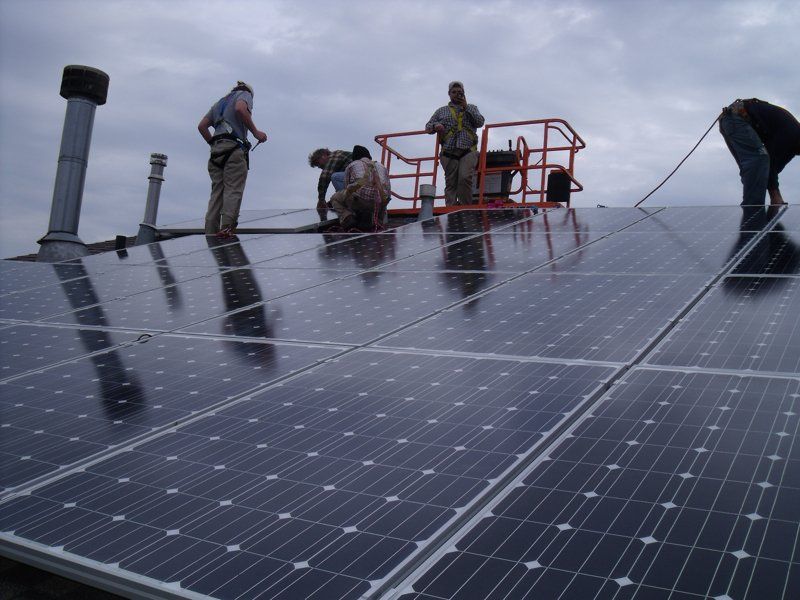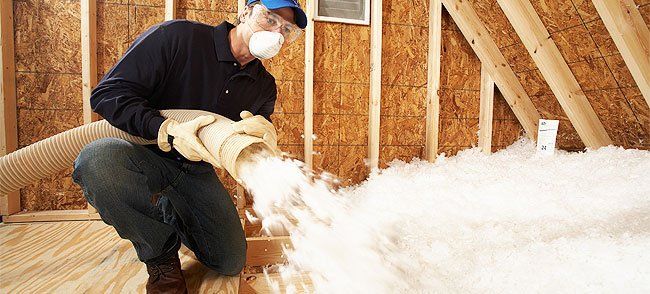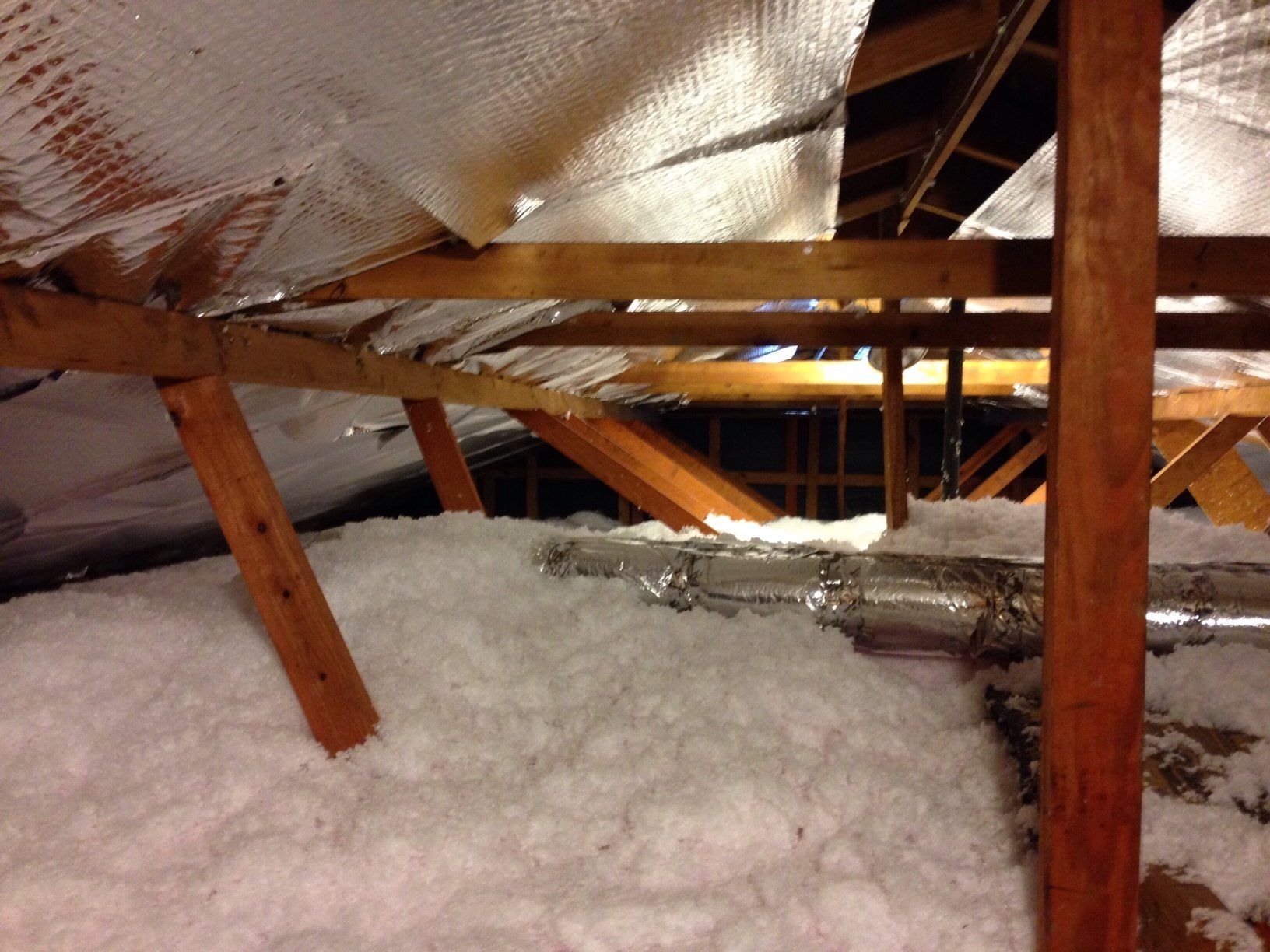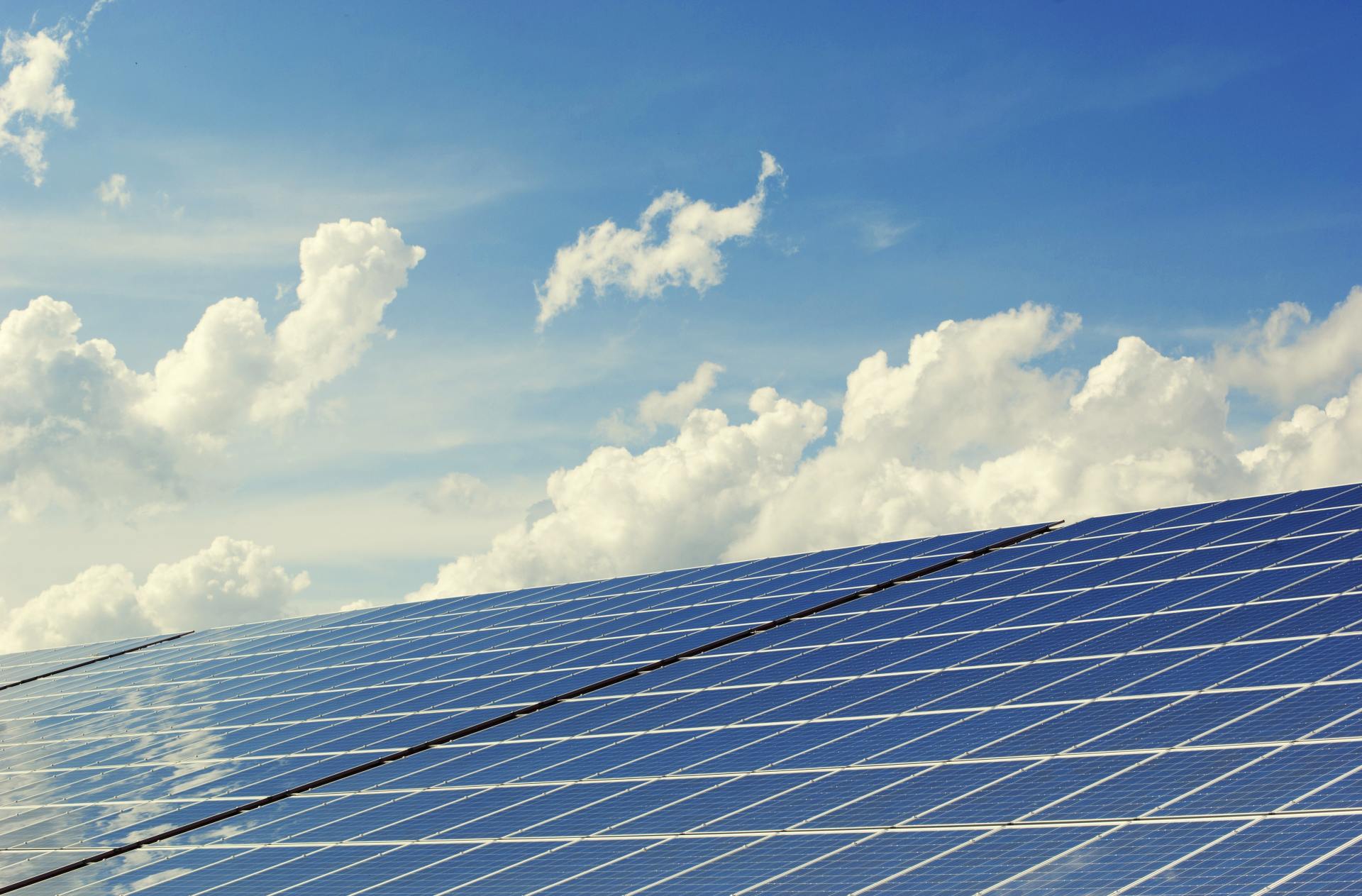
Benefits of Blown-In Insulation: Fiberglass vs. Cellulose
- By Bayou Solar
- •
- 06 Mar, 2019
- •
An Essential Part Of The Perfect Attic System

Cost-Effective Solutions: Blown-In Insulation
Blown-in insulation is one of the most cost-effective and beneficial insulation solutions that homeowners can choose from. Blown-in insulation is highly effective in preventing heat loss and heat gain in your home.
The 2 materials available are fiberglass and cellulose. Below you'll see the differences between the 2 and which is the best option for you.
Benefits of Blown-In Insulation
- Energy efficient
- Prevent mold, odor, & rot
- Sound dampening buffer
- Fire resistant
- Fast installation
- More airtight than standard insulation
- Recycled material (both fiberglass & cellulose)
- Longer-term benefits
Guaranteed To Hold R-Value
Fiberglass... or Cellulose Insulation?

Installing blown-in insulation is a fairly easy and time-conscious process for insulating your attic and roof. Although, hiring a professional to complete the work for you is advised to ensure your health and safety of your household is kept in tact. Our technicians are well-equipped and certified to effectively and safely install you insulation.
Whether you plan on installing fiberglass or cellulose insulation in your home, you have to be aware of the characteristics of both.
- Manufacturing – Blown-in cellulose insulation is made up mostly of plant fiber from materials such as newspaper and cardboard, which is treated with chemicals to lessen their flammability. Fiberglass, on the other hand, is made from tiny fibers of glass that are collected to produce a material with a texture similar to wool. Hence, it is often referred to as “glass wool.”
- Ease of installation – For both blown-in cellulose and blown-in fiberglass insulation, installation is best carried out by experts. Cellulose can be very messy to install while fiberglass can cause skin irritation and can be hazardous when inhaled.
- Insulation performance – For the most part, the R-values of blown-in cellulose insulation and blown-in fiberglass insulation are the same. Cellulose tend to have a slightly higher thermal resistance than fiberglass, although cellulose can settle or become thinner over time by as much as 20 percent, creating concern for some property owners that this could affect the material’s insulating performance. Take note, however, that cellulose has a great ability to maintain its R-value even after settling.
- Fire hazard – Contrary to popular belief, blown-in cellulose insulation will not burn easily provided that they are treated with fire retardants. These fire retardants can even help in repelling insect pests and rodents. Fiberglass, on the other hand, is also difficult to set on fire because it is made of glass. However, both cellulose and fiberglass will burn eventually if the temperatures are high enough.


